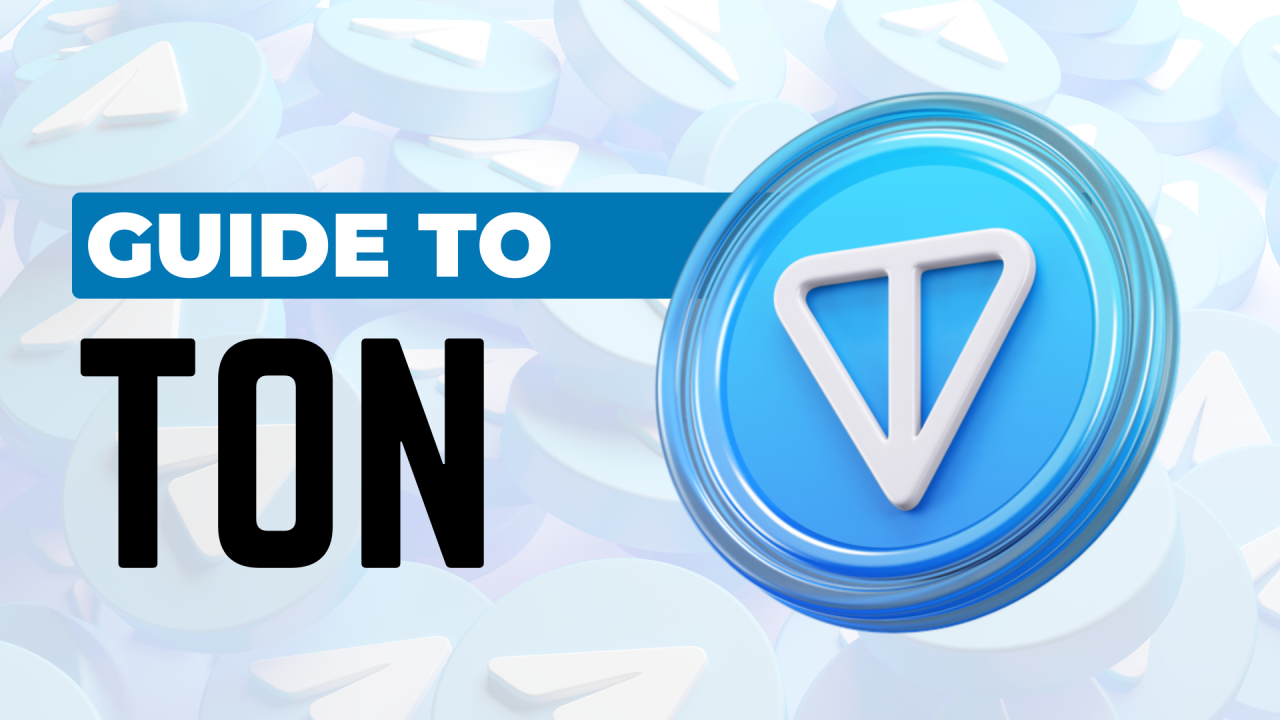The Open Network :TON Blockchain, previously known as the Telegram Open Network, represents a groundbreaking decentralized computer network featuring a robust layer-1 blockchain. Originally developed by Nikolai Durov and the Telegram messaging platform, TON is now supported by a global community of independent contributors. This blog delves into the history, development, design, applications, and regulatory aspects of TON, offering a detailed look at this innovative blockchain network.
History of TON Blockchain
- Early Exploration and Development (2017–2020)
In 2017-2018, the Telegram Messenger team began exploring blockchain solutions to accommodate their vast user base. Finding no existing Layer 1 blockchain capable of supporting their needs, they decided to develop their own, initially called the Telegram Open Network. To fund this ambitious project, Telegram launched a Gram token sale in Q1 2018. However, regulatory challenges led Telegram to withdraw from the project in May 2020.
Transition to Community-Driven Development
Following Telegram’s withdrawal, a group of open-source developers and Telegram contest winners, Anatoliy Makosov and Kirill Emelyanenko, continued the development under the name NewTON. They adhered to the principles outlined in the original TON Blockchain whitepaper and resumed active blockchain development.
Development and Launch (2020–2022)
- Code Release and Test Network
All of TON’s code was made open source on September 7, 2019. Although the test network launch faced several delays, it was eventually released in January 2019. Subsequent milestones included the release of a lite version of the TON blockchain network client and the complete source code for TON nodes on GitHub.
- Main Network Launch
The TON main network was initially scheduled for launch on October 31, 2019. Despite numerous postponements, the community-driven development continued, eventually leading to the operational TON Blockchain network.
Design and Infrastructure
- Scalable Multi-Blockchain Platform
TON’s infrastructure is a scalable multi-blockchain platform designed for decentralized applications (dApps) and smart contracts. It uses a proof-of-stake consensus mechanism and can theoretically support up to 2^92 accompanying blockchains. TON Blockchain employs sharding to achieve scalability, allowing its blockchains to split and merge automatically based on demand, ensuring low operational costs and avoiding network congestion.
Advanced Routing and Consensus Mechanisms
TON utilizes hypercube routing for efficient data exchange between blockchains, supporting network scalability without compromising processing speed. The advanced proof-of-stake consensus mechanism employs validator nodes to ensure reliability and security, using a variant of the Byzantine fault tolerance protocol.
Masterchain and Workchains
The TON Blockchain network consists of a masterchain and up to 2^32 workchains, each with unique rulesets. These rulesets dictate various aspects, such as account address formats and transaction protocols, enabling workchains to function cohesively while maintaining individual characteristics.
Governance and Security
- Decentralized Governance
TON’s governance is inherently decentralized, relying on the proof-of-stake consensus mechanism. Validators vote on network modifications, ensuring a democratic process for network changes.
- Security Measures
Security in TON Blockchain is reinforced through collaborations with various Security Assurance Providers (SAPs), including Certik, Quantstamp, SlowMist, and others. These providers conduct rigorous testing and quality assurance to enhance network security.
Key Applications
-
Toncoin
Toncoin is the primary cryptocurrency of the TON blockchain, used for transaction fees, staking, network development decisions, and smart-contract message processing fees.
-
TON Proxy
TON Proxy is a network proxy and anonymizer layer designed for TON nodes. It facilitates decentralized VPN services and blockchain-based Tor alternatives, enhancing online privacy and protection against censorship.
-
TON DNS
Launched by the TON Foundation, TON DNS offers “.ton” domain names, simplifying access to decentralized applications and associating human-readable names with wallet addresses and other network services.
-
TON Storage
TON Storage, introduced in December 2022, is a decentralized file storage system using torrent-like technology. It provides a reliable platform for storing and exchanging large amounts of data, reducing the need for centralized web servers.
-
TON Payments
TON Payments enables instant off-chain value transfers between users, bots, and other services. It ensures secure transfers comparable to on-chain transactions.
Regulatory Challenges
- Legal Battle with the SEC
In October 2019, the U.S. Securities and Exchange Commission (SEC) obtained a temporary restrictive order to prevent the distribution of Grams, the initial cryptocurrency of TON Blockchain. The SEC argued that the sale constituted an unregistered distribution of securities. After a lengthy legal battle, Telegram ceased its involvement with TON in May 2020 and settled with the SEC, agreeing to return funds to investors and pay a penalty.
Future Prospects
- Roadmap and Ecosystem
The TON ecosystem continues to evolve, with a roadmap that includes future developments such as TON Sites, TON Proxy, TON WWW, and TON Storage. The network supports decentralized finance (DeFi) features, enabling users to create their own cryptocurrencies and explore stablecoin usage. The developer center, grants, and bounties support ongoing contributions to the platform.
In summary, The Open Network (TON) represents a significant advancement in blockchain technology, offering a scalable, secure, and decentralized platform for a wide range of applications. Despite regulatory challenges, the community-driven development and robust infrastructure position TON as a promising player in the blockchain ecosystem.
Follow On Twitter: Krishna Sahu



















Be First to Comment